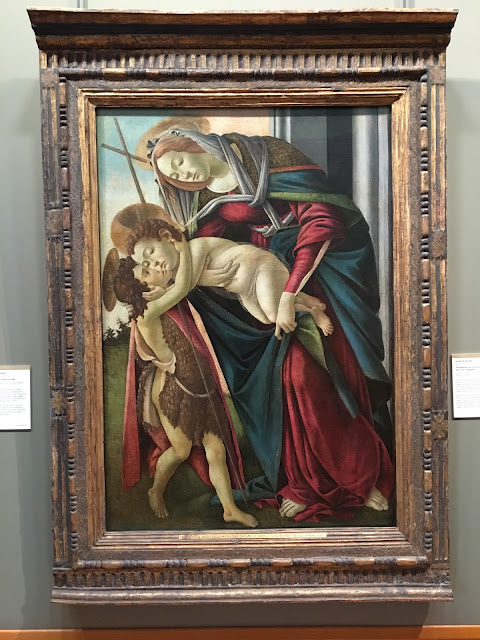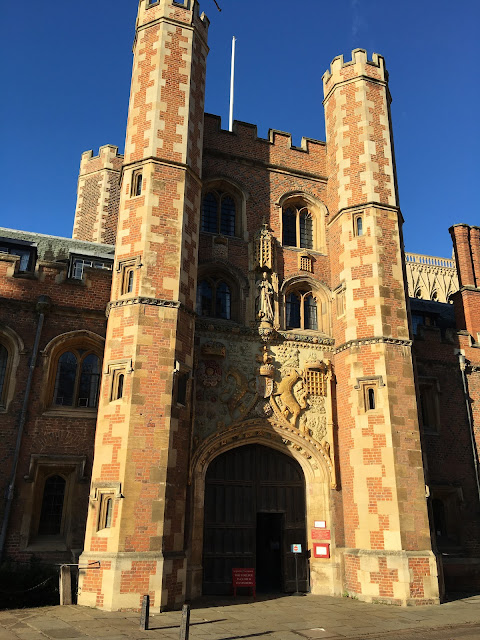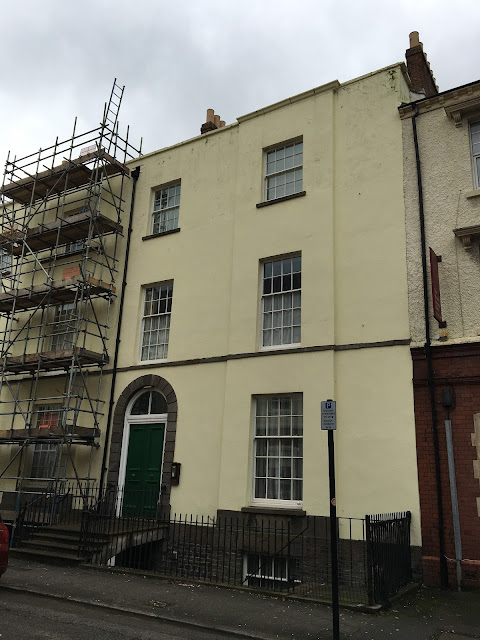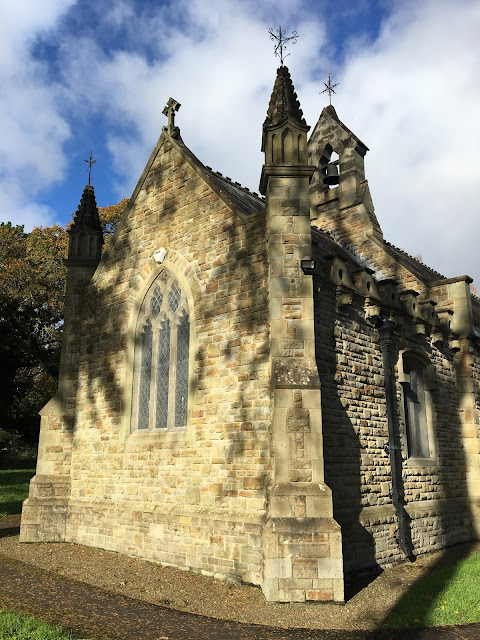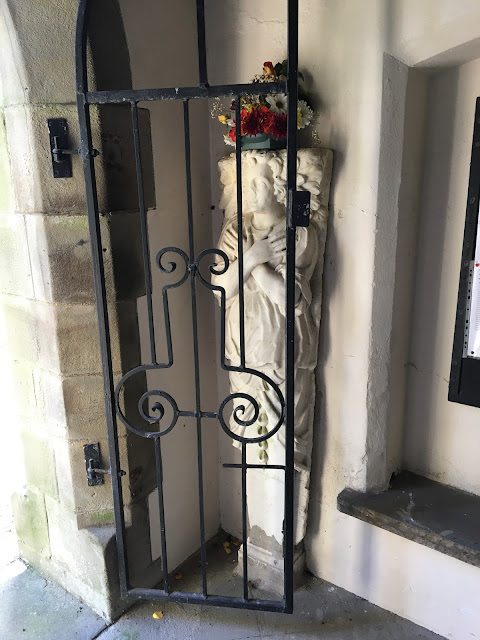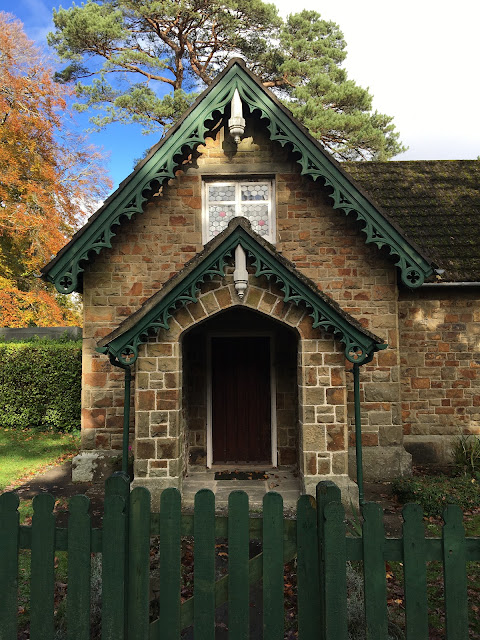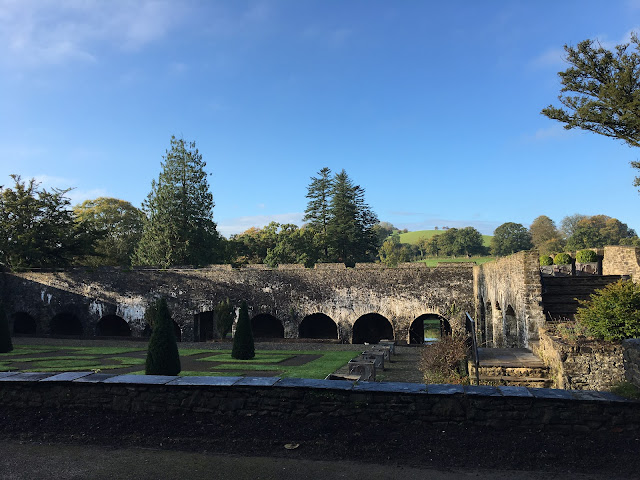The response to the utterly horrific events in Israel have, for me, brought into sharp focus the subject of Decolonisation and its troubling relationship to the arts.
Here in Britain in last couple of years we have seen a number of institutions* - collections such as 'The Wellcome Trust' and 'The Pitt Rivers Museum' in Oxford; universities and even the odd Anglican cathedral, for example Chester - embrace 'Decolonialism'. Only this week 'The British Medical Journal' (aka 'The BMJ') proclaimed on its cover: 'Decolonisation: Why Medicine Needs to be Rebuilt', with the image of wrecking ball at work. I presume that was meant to unironic, for as Colin Wright tweeted in response:
"Make no mistake, "decolonization" ideology destroys everything it touches. That's the point. In that regard, the wrecking ball imagery is appropriate. However, don't be deluded into believing they have the ability to build anything even remotely functional in its place."
All of this is part of a wider anti-intellectual movement that, usually referred to as 'woke', that includes greater control, greater censorship and greater puritanism that for an artist such as myself who values his independence it is deeply disturbing. For this ideology has no use for beauty, no use for the sensuality of mark and surface. Everything is reduced ad absurdum to power and its distribution, and in particular with the concept of 'whiteness'. Art is itself reduced to the utilitarian status of tool, either of oppression or liberation. It is to be allowed to continue, but with no other role but slavery to the political. Either way, it is denied both its liberty and its life. And the art that surrounds us must be humiliated, systematically stripped of its emotive power. The consequence for creativity will be disastrous.
What lies at the very heart of this attitude to the arts, and which wokeism shares with all other forms of authoritarism, is fear. The fear of its potency; the fear of its essential 'irrationality'. The fear of its other aspects such as the formal, the spiritual or the sensual, those enemies of the cause. It is feared because it cannot simply be trusted. It will lead astray from the path of purity. For art, in all its myriad forms talks to us in a manner that is beyond words, beyond control. And words, for the whole 'woke' thing, are core. As the American critic and feminist Camille Paglia has argued for years since the advent of Post-Structuralism language has been privileged over other forms of artistic production, and that leaves little or no place for the unconscious and the intuitive, both of which, I would argue, are essential to creativity. It is not how art is produced or, for that matter, experienced; sculptors or dancers, for instance do not mediate their work through written/spoken language. The sculpture or the dance is the language - and both communicate things that are beyond the power of the written or spoken word.
And that is the great problem the 'woke', particularly in respect to the arts, it un-natures, un-selves us. It is a form of Gnosticism, yet another attempt to fill the vacuum created by the death of God with a grand theory of everything that times feels like a conspiracy theory than something with any real intellectual heft. But then perhaps it's not much of a leap from believing that that strange double portrait 'The Cholmondeley Ladies' that hangs in Tate Britain is 'secretly' about whiteness to believing, a la Hamas, that Jews 'secretly' control, amongst a myriad of other things, the world's banks, or that (18/12/23) the fashion chain Zara was trolling the Palestinians of the Gaza Strip in their latest fashion campaign.
While these institutions have been busy practising 'Soft Modernity' the hard stuff, brought to us by a marriage of Islamism and the Extreme Left has been available in the aftermath of the terrorist attack of Oct 9th for all to see. (The divorce, when it comes as it inevitably will, is going to be interesting.) If anything good can come from this terrible mess it that the mask is off and 'Decolonism' has been revealed in all its bloody glory. The following have been taken from 'X' a week after the events of Oct 7th.
This golden nugget is from Najma Sharif, a Somali/American writer based, apparently, in the digital world, who does a lot of 'centring' and who thought she could limit those who could see her tweet. Well, there are ways round that!
"what did y'all think decolonization meant? vibes? papers? essays? losers."
And this from Sana Saeed, she writes for AJ+, I think, and has taken it upon herself to write for the powerless or something heroic like that. She does bother with capitals either. Talk about edgy!
"decolonization has never and will never happen in the halls of academia - decolonization is this: the ripping down of walls and taking your freedom by any means necessary. hope all ‘decolonial’ academics who feel uneasy today continue to feel that way."
Ah yes, any means necessary ie. the raping of women (I presume - and one really shouldn't - that Sana considers herself a feminist) and the killing of children.
And here is yet another one of these bourgeois revolutionaries. I give you Jairo I Funes-florez, an academic in Houston, Texas:
'Decolonization is about dreaming and fighting for a present and future free of occupied Indigenous territories. It’s about a Free Palestine. It’s about liberation and self-determination. It’s about living with dignity. DECOLONIZATION IS NOT A METAPHOR'
Indeed it is not, as the events of these last few days have shown. Not only is it the attempted immasculation of the arts, but far more worryingly it is the dehumanisation of those groups who do not fit neatly into their grievance structure - and this comes from people who would be loudly opposed to 'othering'. It is the rape of women; the abduction of, amongst others, children; the desecration of the dead, and it is genocidal violence. This is the reality of Decolonisation. It is all that is condemned in Colonialism and more, because it is essentially nihilistic. Born of disenchantment it will not liberate us or re-enchant the world merely further our alienation. All we will be left with are ashes. And yet our institutions are happy to go along with this shit.
*Not that we should really be that surprised - a lot of this stuff has been floating around academia for decades now.
